The Miracle Scratch Remover; Toothpaste!
Published on Jul 29, 2018 | Updated - Aug 3, 2023

Fed up with irritating scratches on your glasses, phone screen, watch, car, or stainless steel appliances?
Before you rush to replace them, consider an affordable and surprising solution – toothpaste! That's right; toothpaste isn't just for teeth; it's a remarkable scratch remover for various surfaces.
How Toothpaste Works as a Scratch Remover
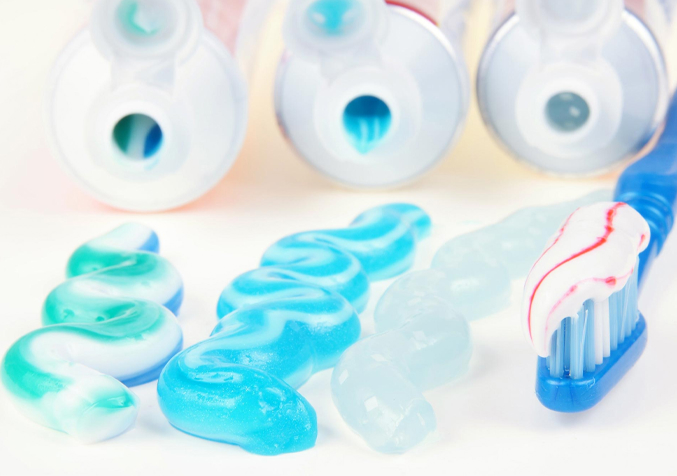
Toothpaste, especially the paste-based variety, contains mild abrasives that act as fine polishing agents.
When applied to a scratched surface, the toothpaste works by gently wearing down the uneven edges of the scratch, making it less visible or even removing it entirely.
However, it's essential to exercise caution during this process, as using the wrong technique or a highly abrasive toothpaste can potentially cause more harm than good, leaving you with a dulled finish or additional scratches.

RECOMMENDED READING
How to Remove Urine Smell from Your CouchChoosing the Best Toothpaste for Removing Scratches

Toothpaste abrasiveness is measured by RDA (Radioactive Dentin Abrasiveness), with lower values (below 70-80) indicating less abrasive toothpaste.
For scratch removal purposes, it's best to opt for toothpaste with an RDA below 70-80. Stay away from advanced toothpaste products designed for whitening, plaque removal, or sensitive teeth, as they tend to be more abrasive.
For more information on toothpaste abrasiveness, you can refer to the British Dental Association.
Some suitable toothpaste options to try include:
- Arm & Hammer Dental Care Sensitive (RDA 48)
- Weleda Children's Tooth Gel (RDA 45)
- Colgate 2-in-1 Fresh Mint (RDA 70)
- Colgate Total (RDA 70)
- Colgate Regular (RDA 68)
Avoid using abrasive toothpaste like Colgate Sensitive Max Strength (RDA 83) or Sensodyne (RDA 79) for scratch removal purposes.
Removing Scratches from a Phone Screen
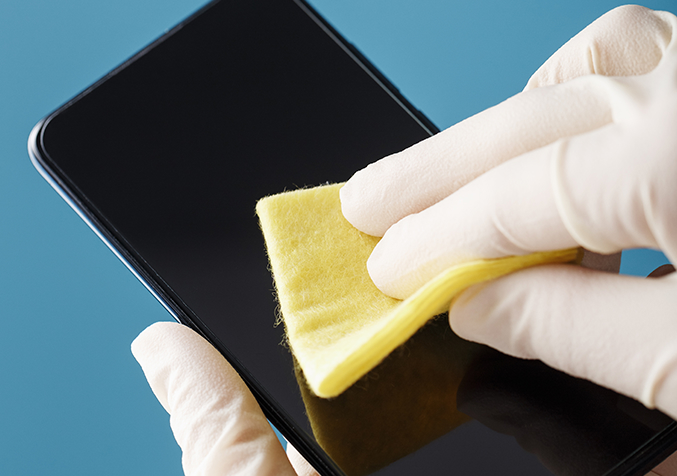
What you need:
- Soft cloth
- Paper towel
- Cotton swab or toothbrush
- Non-abrasive toothpaste
The Process:
- Apply a small amount of non-abrasive toothpaste to a soft cloth or cotton swab.
- Using gentle, circular motions, rub the toothpaste onto the scratched area of your mobile phone screen.
- Be patient and avoid applying too much pressure.
- Clean the screen with a clean cloth, and voilà, the scratches should be less noticeable or completely gone!
How to remove scratches from a watch face using toothpaste
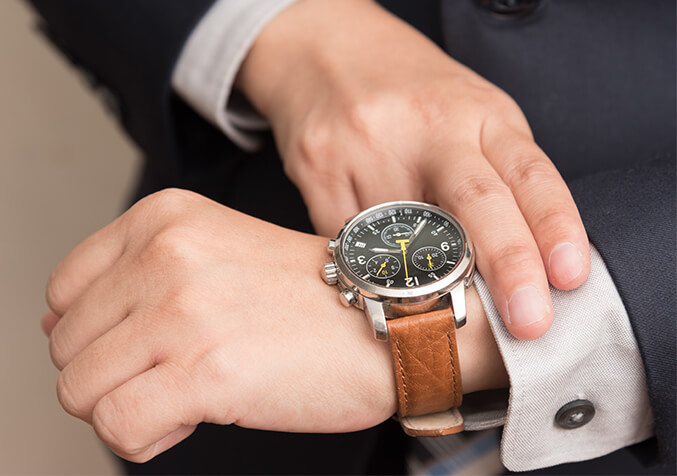
What you need:
- Microfibre cloth
- Paste-based (not gel) toothpaste
The Process:
- Inspect the watch under a bright light to locate the scratches.
- Cover the bezel of the watch with narrow masking tape to protect it from damage.
- Squeeze a small amount of toothpaste onto the watch face and gently rub it into the scratches using your finger.
- Wait a few minutes, then polish the watch's face with a clean cloth using circular motions.
Removing Car Scratches
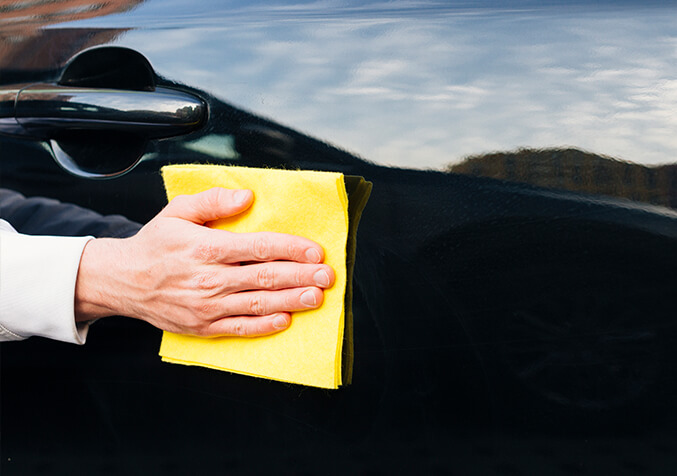
What you need:
- Paste-based (not gel) toothpaste
The Process:
- Apply a small amount of toothpaste to a cloth.
- Rub the toothpaste gently and evenly along the scratch in a circular motion.
- For small and shallow scratches, cleaning should be relatively easy.
- Larger scratches may require more pressure and time for effective results.
- Take your time, especially for badly rusted scratches.
Buffing Out Scratches from Stainless Steel Appliances
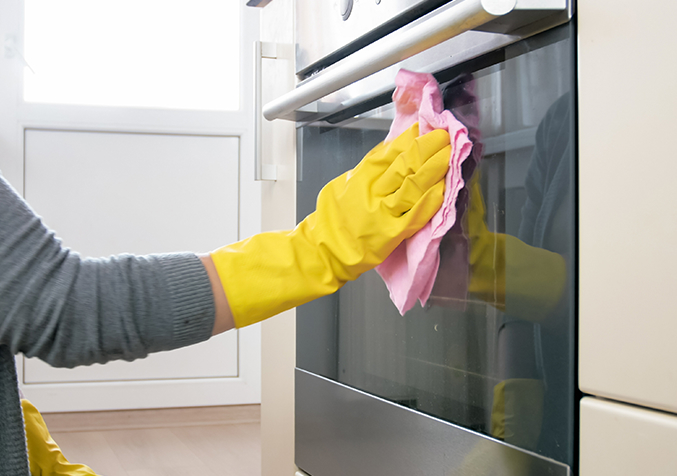
What you need:
- Microfibre cloth
- Toothbrush
- Paste-based (not gel) toothpaste
The Process:
- Apply a small amount of toothpaste to a microfiber cloth.
- Gently rub the toothpaste back and forth over the scratch, following the direction of the metal's grain.
- Wipe the surface with a fresh, barely damp microfiber cloth to remove any toothpaste residue.
- Repeat the process if necessary until the scratches are no longer visible.
Removing Scratches from Eyeglasses

What you need:
- Non-abrasive toothpaste
- Damp microfibre cloth
The Process:
- Use a clean microfiber cloth to remove dust particles from the lenses.
- Apply a small amount of toothpaste to the lenses.
- Using circular motions, gently rub the toothpaste on the scratches for 2 to 3 minutes.
- Remove the toothpaste from the lenses using a clean microfiber cloth.
- Optionally, rinse the lenses with cold water and then dry them with a cloth.
Final Words
Toothpaste is not just for maintaining your oral hygiene; it can also be an effective scratch remover for various surfaces.
By following the tips and techniques outlined in this article, you can say goodbye to those irritating scratches and enjoy your sparkling, scratch-free items without spending a fortune.
Remember always to use non-abrasive toothpaste and gentle motions to ensure the best results. Happy scratch removal!